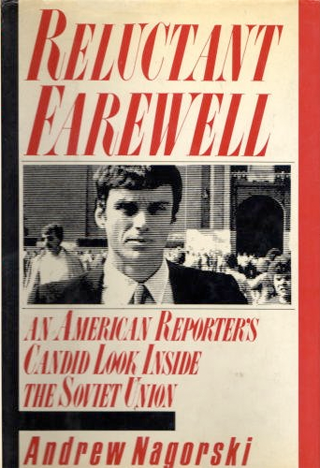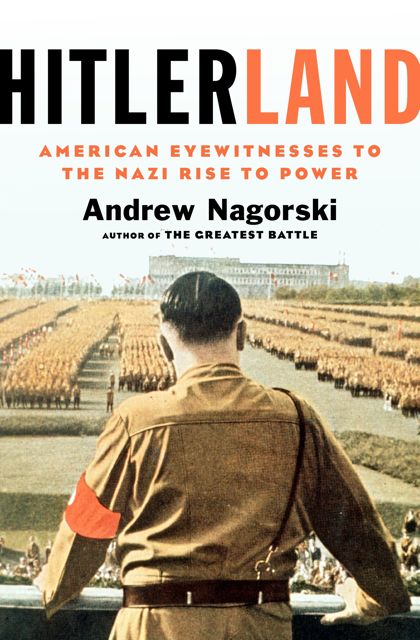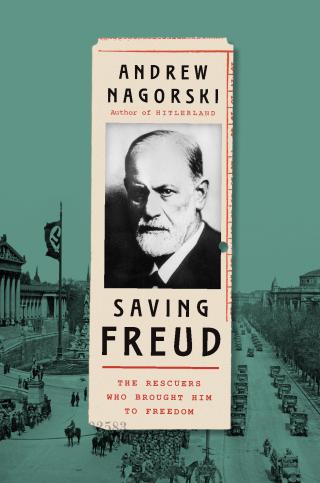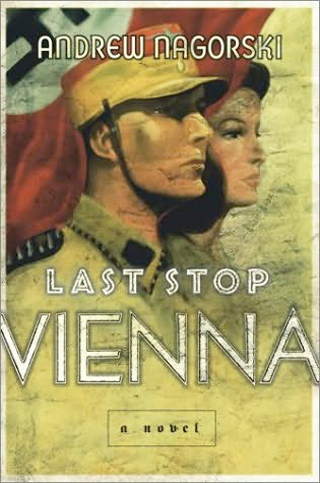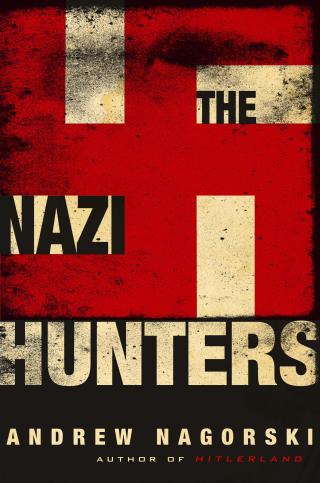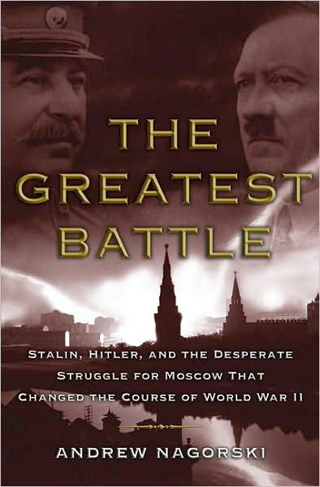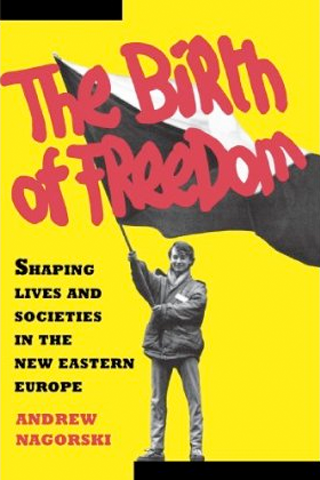He wouldn’t leave Vienna, so his friends bribed, fixed — and then bullied him on to a Paris train
This is the astonishing story of Sigmund Freud’s last-minute escape from Vienna after the Germans rolled into Austria in 1938 and began to round up Jewish people like him. In a life marked by monumental self-regard, Freud’s dithering in the face of implacable danger is endearing. He just loved his life in Vienna too much; even as the streets of the capital erupted into spontaneous antisemitic violence, he couldn’t believe his country had gone so irreversibly mad. In the American journalist Andrew Nagorski this tale has found its ideal narrator: clear, objective and keen to keep things moving.
At the age of 81 Freud had the financial stability whose lack had inspired his overreaching ambition as a young man; he had the professorship he thought would be denied to a Jew; he had numerous doctorates, a worldwide reputation and a large following. True, there were doubters; true, he had fallen out with most of his close associates and had failed to conquer America. But life in Berggasse 19 was sweet, with his daughter Anna looking after him and her life partner Dorothy Burlingham installed in the apartment above. There was his devoted marmalade chow, a study full of antique and tribal artefacts, cigars and a steady trickle of wealthy analysands knocking at the door. Down the road, his son Martin ran the Verlag Press, publishing psychoanalytic material by Freudian apostles. Douceur de vivre was the order of each day.
It took a group of dedicated and resourceful people to extract him. In Nagorski’s account, Freud never really “came to terms with” the danger, even when the recently arrived Nazi freebooters were taking his cash and threatening his family; but his supporters bribed, fixed, cajoled and in the end bullied him on to a train to Paris, thence to London, where he spent the rest of his life, sucking on the cigars that were killing him.
The most interesting of the gang is Ernest Jones, an undersized and oversexed Welsh doctor who became Freud’s devoted pupil and biographer. Jones managed to procure from the Home Office in London the necessary papers for the entire Freud party of 24 people — at a time when Britain was more than usually (and for more cogent reasons) wary of immigrants.
Jones was a force. So was Anna in her chaste and quieter way, largely because Freud loved her and was persuadable that his life should have its base wherever hers was. She lived with her father and her large dog called Wolf (but of course!). Anna wavered in the face of Gestapo interrogation but did not break. The gang’s treasurer, as it were, was Marie Bonaparte, a great-grandniece of Napoleon who had consulted Freud for her “frigidity” and had stayed in Vienna to become an analyst herself. She kept up the party’s spirits in the darkest hour and found the cash for the final bribe to the Gestapo, for which Freud repaid her later.
In 1933 Freud was already aware of the “Hitler movement”, but he wrote to Jones that he thought it “very unlikely that it will present a similar danger” in Austria. He subscribed to the popular Viennese view that “the situation in Germany is serious but not hopeless; the situation in Austria is hopeless but not serious”. His optimism seems to have stemmed partly from a belief that the nation of Goethe could never lose its way, but more from an unwillingness to confront the loss of his own domestic happiness.
The other key players in trying to disabuse him included the American diplomat William Bullitt, who had been the ambassador in Moscow and would shortly hold the same position with distinction in Paris. He had collaborated with Freud in a bizarre biographical venture, a life of Woodrow Wilson, whom they both despised as an architect of the damaging Treaty of Versailles. Bullitt had energy and connections. At the last minute he was able to speak to President Roosevelt and ask him to accelerate covert diplomatic moves to extract Freud from Vienna.
The most surprising enabler was Freud’s own Nazi case officer, Anton Sauerwald, a frothing antisemite who came, in the course of extorting Freud’s assets, to have respect for the old man and to surprise a hunger in himself to be more serious, or at least humane. Sauerwald’s signing of the exit visas was the last link in the chain.
The train rolled out of Austria into Germany, passing Berlin and Dachau, a place name of as yet no resonance. The party spent a rest day in Paris before pressing on to London, where they eventually settled in a large Hampstead house, today the Freud Museum. They had transferred some money abroad and smuggled out gold coins on the train. In a superb detail Nagorski tells us that the house in Maresfield Gardens cost £6,500, of which £4,000 came as a mortgage from Barclays.
This book will not change the view of those who believe Freud to be the Newton of the mind, sole discoverer of universal laws, nor those who think he is no more than the high priest of a persuasive cult. It uncovers little new, but it tells its story with a propulsive urgency. Without a gang of elite and well-connected helpers, Freud’s sisters were less fortunate. Three were murdered in Treblinka II and one died of starvation on her way there.
Saving Freud: A Life in Vienna and an Escape to Freedom in London by Andrew Nagorski
Icon £20 pp336

